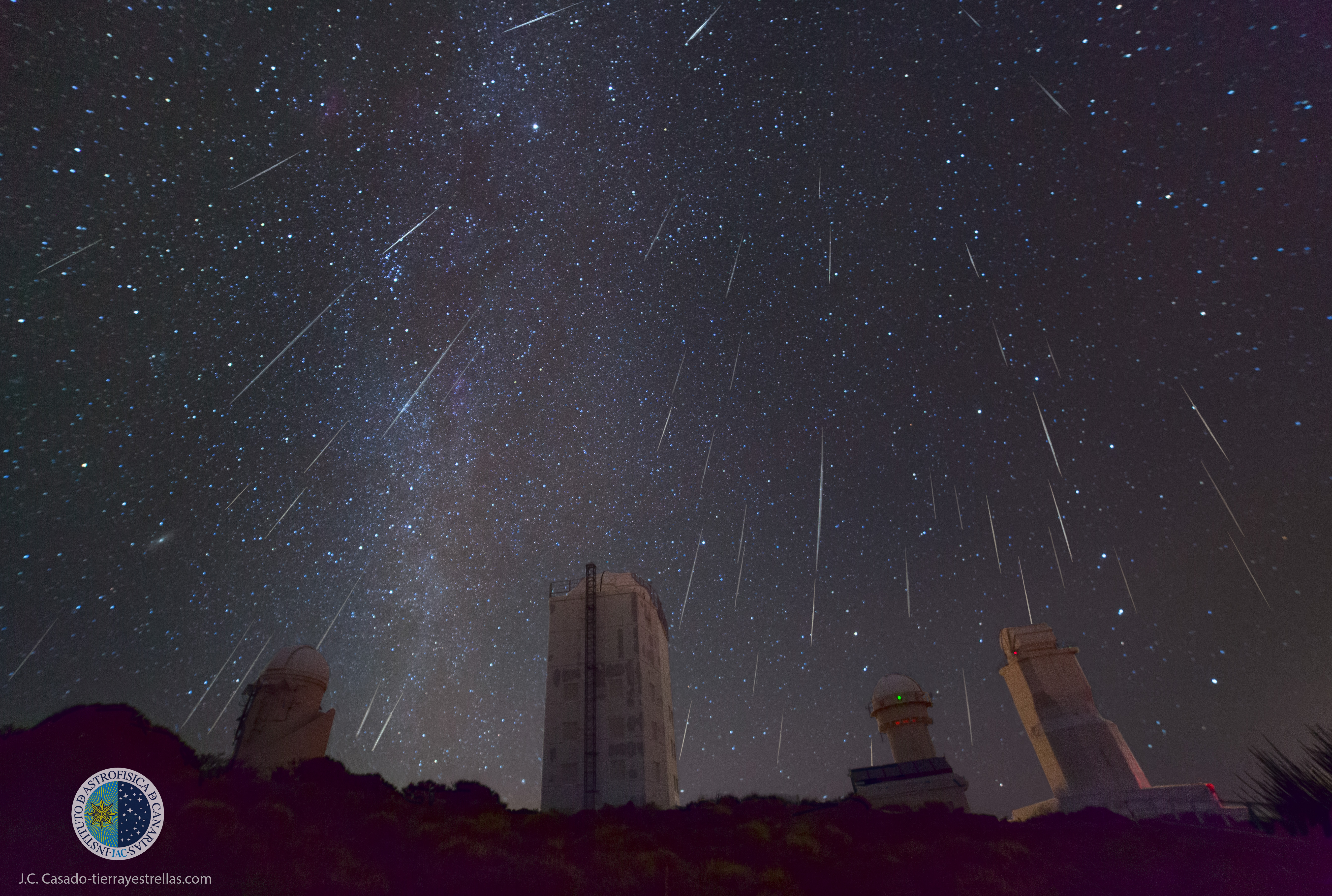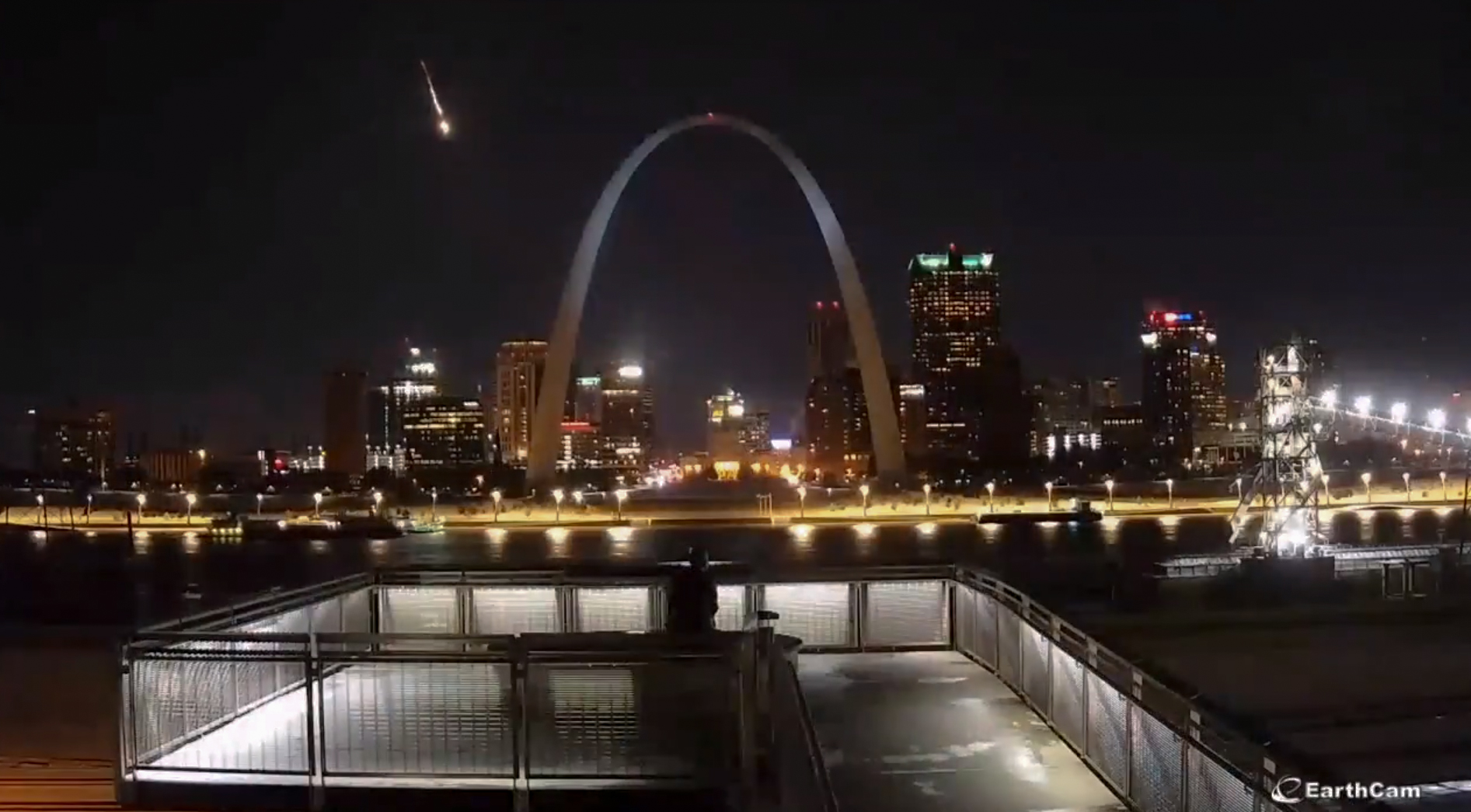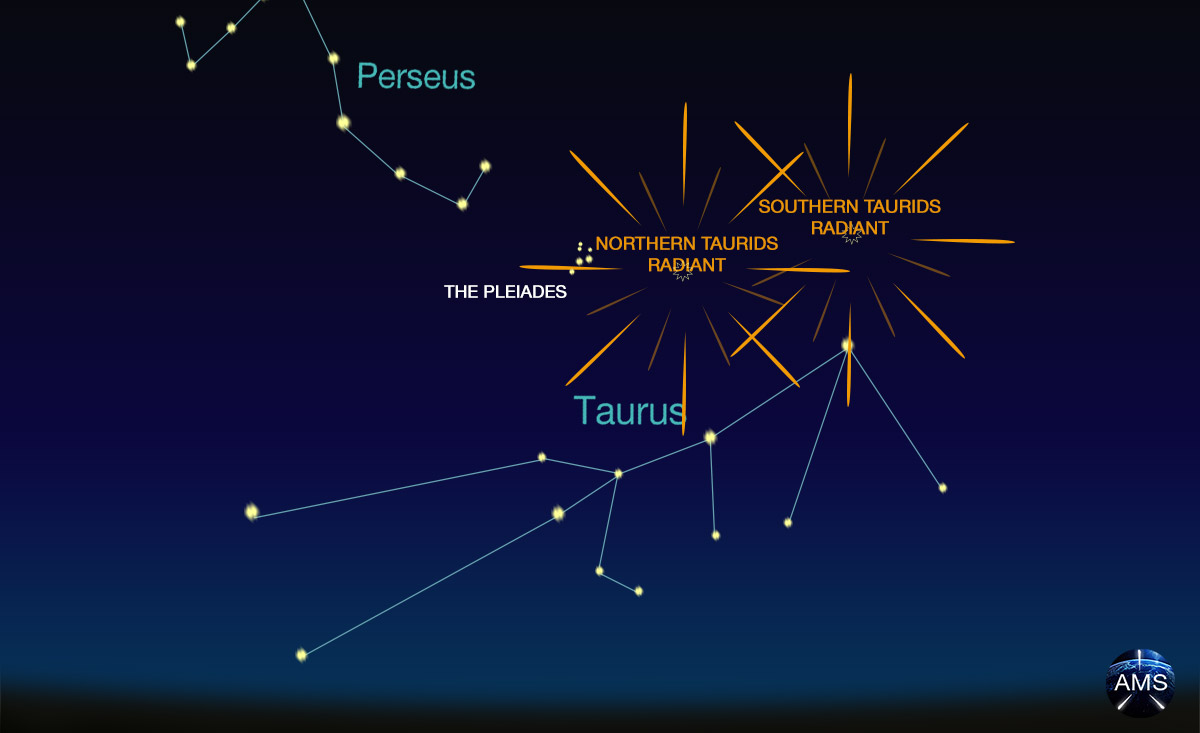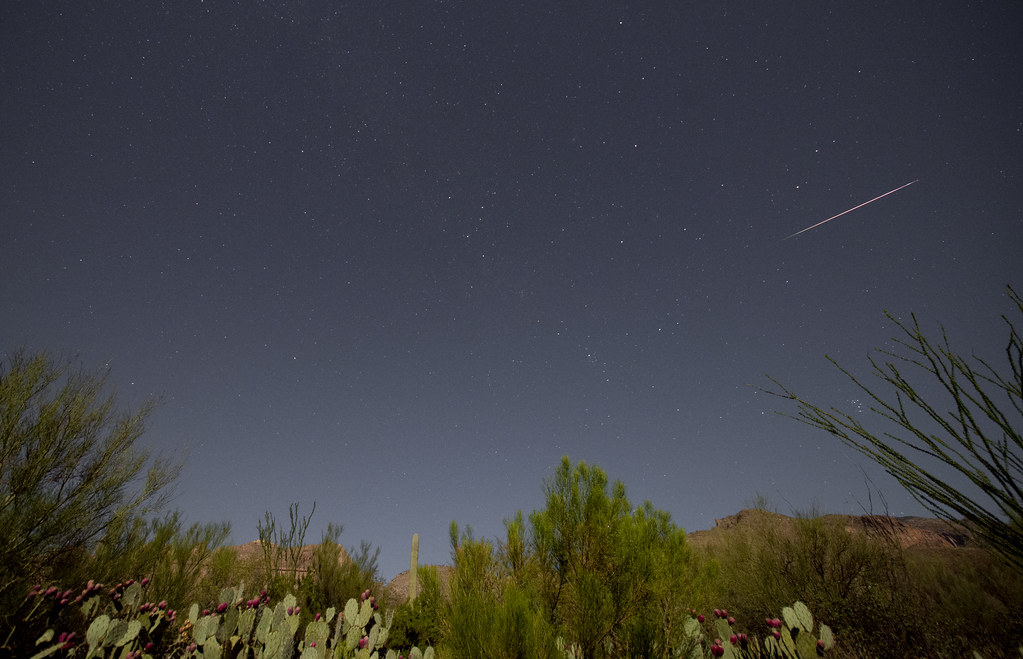
Meteor Activity Outlook for December 28, 2019 – January 03, 2020
Samer Hariri captured this flaring fireball on December 23, 2019 at 18:58 EST from Northville, Michigan USA. ©Samer Hariri During…

Samer Hariri captured this flaring fireball on December 23, 2019 at 18:58 EST from Northville, Michigan USA. ©Samer Hariri During…

During this period the moon reaches its new phase on Thursday December 26th. At this time the moon will be located near the sun and will be invisible at night. This weekend the waning crescent moon will rise during the early morning hours but will not interfere with meteor observing as long as you keep it out of your field of view.

The Ursids are active from December 19-24 with a sharp maximum on December 22nd. Conditions are favorable for viewing the Ursids in 2019 as the moon’s phase will be a waning crescent situated in the constellation of Libra...

During this period the moon reaches its last quarter phase on Thursday December 19th. At this time the moon will be located 90 degrees west of the sun and will rise near 01:00 local standard time (LST). This weekend the waning gibbous moon will rise during the late evening hours and will make it difficult to view any meteor activity.

Everything you need to know to enjoy the most dependable meteor shower of the year (despite the moon)...

During this period the moon reaches its full phase on Thursday December 12th. At this time the moon will be located opposite the sun and will lie above the horizon all night long. This weekend the waxing gibbous moon will set a couple of hours before dawn allowing a quick session under dark skies before the onset of dawn.

During this period the moon reaches its first quarter phase on Wednesday December 4th. At this time the moon will be located 90 degrees east of the sun and will set near 02:00 Local Summer Time (LST). This weekend the waxing crescent moon will set near midnight allowing the more active morning hours to be free of interfering moonlight.

During this period the moon reaches its new phase on Wednesday November 27th. At this time the moon will be located near the sun and will be invisible at night. This weekend the waning crescent moon will rise during the morning hours but will not affect meteor observations as long as you keep it out of your field of view.

Well known meteor scientists Peter Jenniskens and Esko Lyytinen have predicted that there may be an outburst of the alpha Monocertoid meteor shower on the night of November 21/22, 2019.

During this period the moon reaches its last quarter phase on Wednesday November 20th. At this time the moon will be located 90 degrees west of the sun and will rise near 0200 local standard time. This weekend the waning gibbous moon will rise just before midnight, ruining the sky for meteor observers the remainder of the night. Only late in the period will the moon allow meteor observers to achieve decent limiting magnitudes during the morning hours. One could always view during the moonless evening hours but rates are low at this time.

We received numerous reports and videos from a bright fireball spotted over St Louis, MO on November 11th.

During this period the moon reaches its full phase on Tuesday November 12th. At this time the moon will be located opposite the sun and will lie above the horizon all night long. This weekend the waxing gibbous moon sets just before dawn allowing some observing before dawn to view under dark conditions.

During this period the moon reaches its first quarter phase on Monday November 4th. At this time the moon will be located 90 degrees east of the sun and will set near 0200 local summer time. With each passing night the dark window between moon set and dawn shrinks so by next weekend there is little time for viewing in a dark sky.

At maximum activity the Taurid radiants are located in western Taurus near the well known star cluster called the Pleiades.…

During this period the moon reaches its new phase on Sunday October 27th. At this time the moon will be located near the sun and will be invisible at night. Late in this period the waxing crescent moon will enter the evening sky but will not interfere with meteor observing.

The Orionids The Orionids, like all meteor showers, are named after the constellation in which they appear to come from,…

During this period the moon reaches its last quarter phase on Monday October 21st. At this time the moon will be located 90 degrees west of the sun and will rise near 0200 local daylight saving time (LDST). This weekend the waning gibbous moon will interfere with morning observations. Evening skies will be dark until moonrise near midnight local summer time (LST). Conditions will improve with each passing night as the moon wanes and rise later during the morning hours.

During this period the moon reaches its full phase on Sunday October 13th. At this time the moon will be located opposite the sun and lie above the horizon all night long. Toward the end of this period there will be a moonless period of a couple of hours between dusk and moonrise. Unfortunately meteor rates at this time are very low.

During this period the moon reaches its first quarter phase on Saturday October 5th. At this time the moon will be located 90 degrees east of the sun and will set near 23:00 local daylight saving time (LDST). As the week progresses the window of dark skies during the morning hours will decrease with each passing night.

During this period the moon reaches its new phase on Saturday September 28th. At this time the moon will be located near the sun and will not be visible at night. As the week progresses the waxing crescent moon will enter the evening sky but will not interfere with viewing meteor activity as it sets long before the more active morning hours arrive.

Ross Phelps captured this beautiful scene of a fireball over water on July 24, 2019 from Piermont, New Hampshire USA.…